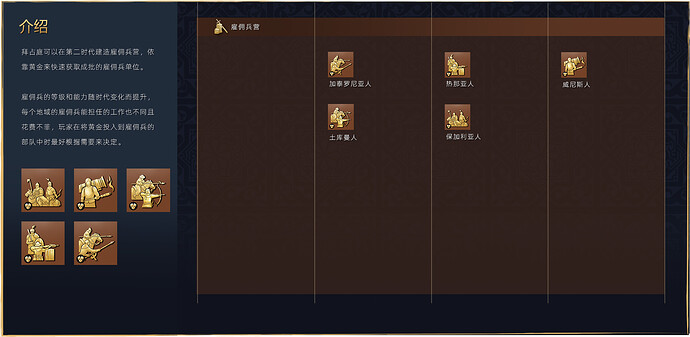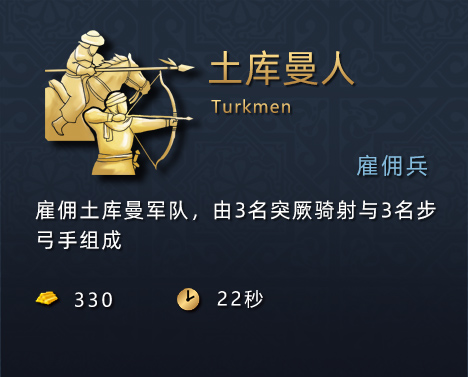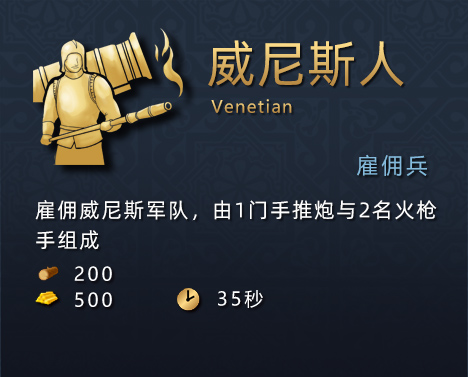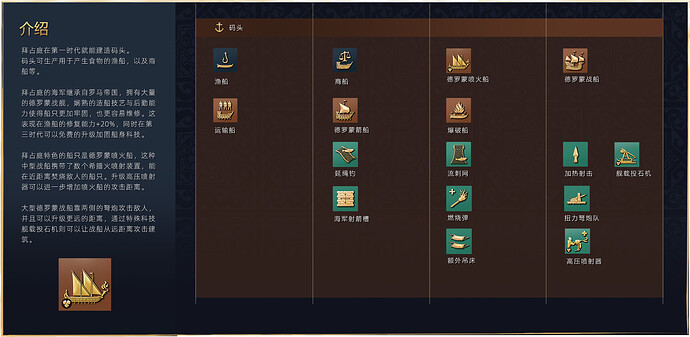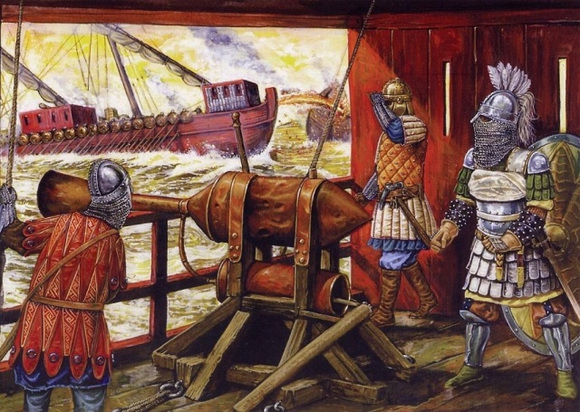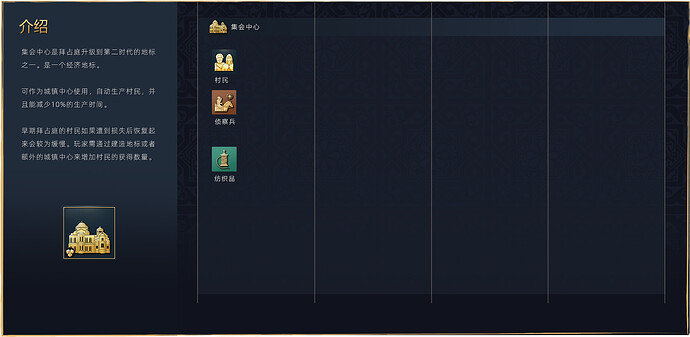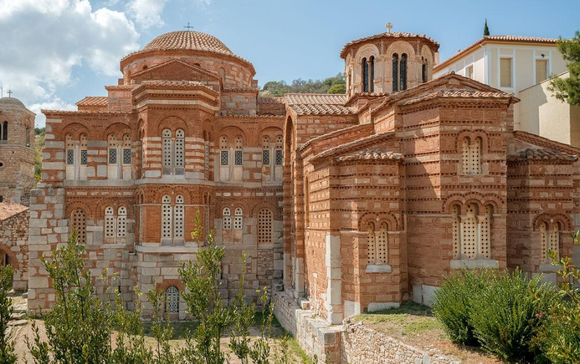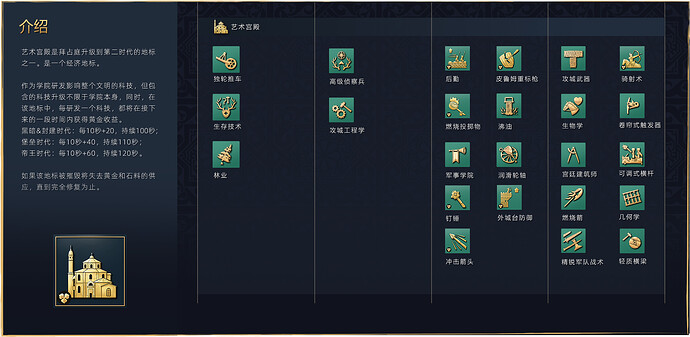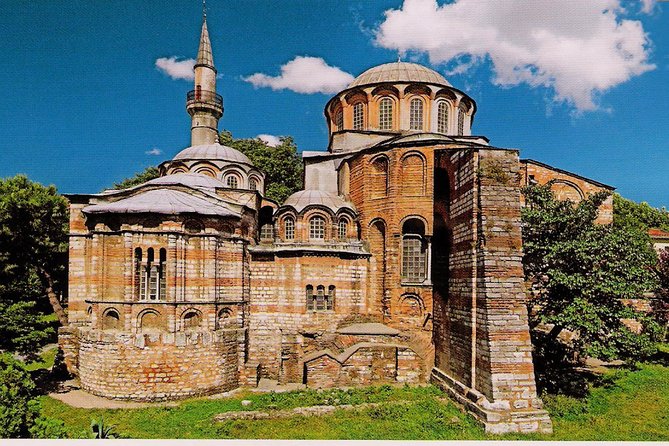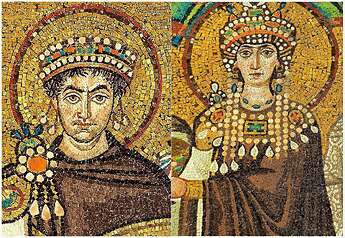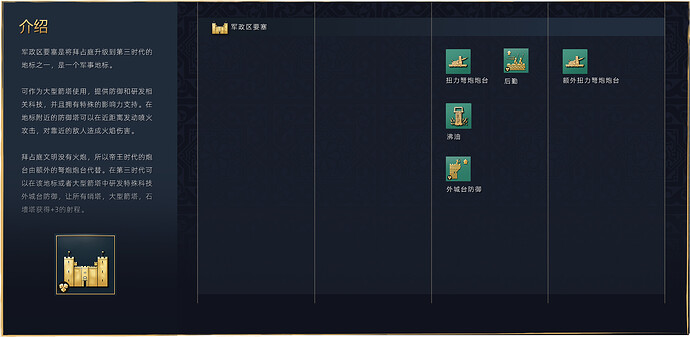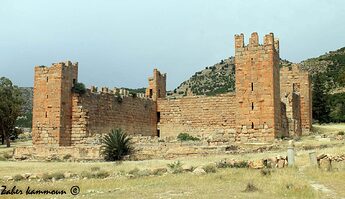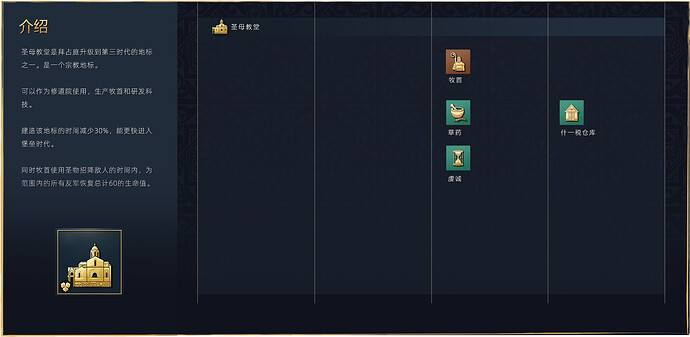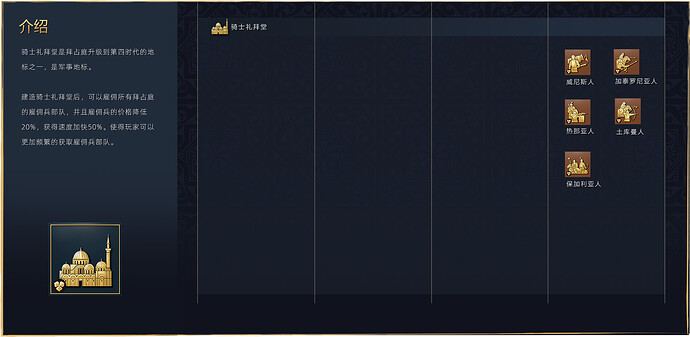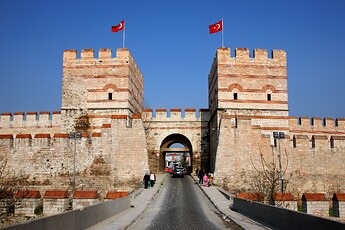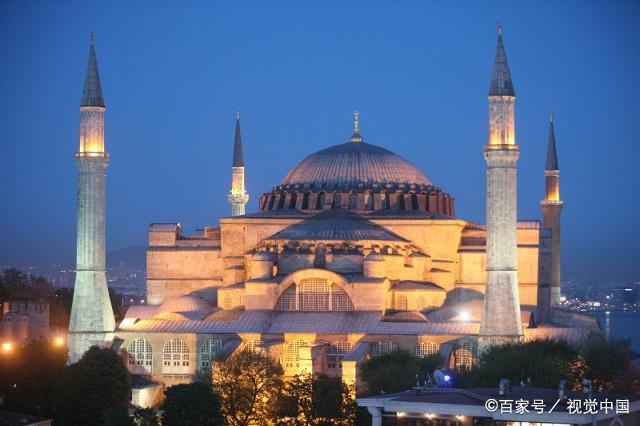AGE IV
帝王时代
骑士礼拜堂
Knight’s chapel
强化雇佣兵方面能力的地标,可以作为佣兵营地使用,并且让所有佣兵价格下降,建造速度变的非常快。
Improved mercenary landmarks that can be used as mercenary camps, and made all mercenaries cheaper and faster to build.
Reduce the price by 20% and increase the training speed by 50%.
只要你有足够的黄金,那么完全可以用雇佣兵代替正规军。
As long as you have deep pockets of gold, you can even replace the regular army with an army of mercenaries.
这个特色主要也是基于拜占庭帝国在后期逐渐处于衰落,无法维持常规部队,只能以雇佣兵代替的历史改编而来。
This feature is also based on the fact that the Byzantine Empire was in decline in its later years and could not maintain conventional forces, which had to be replaced by mercenaries.
Architecture in reality:The Church of the Holy Saviour in Chora 乔拉乔什教堂
位于君士坦丁的教堂。建于1316年,君士坦丁堡城墙外的修道院综合体的一部分,所以又叫城外教堂。占地742.5平方米,属于同地域相对较小的教堂典范。内部的装饰保存的极为完好,宏伟的马赛克和壁画描绘了耶稣和他的母亲玛丽的生活,知名度仅次于圣索菲亚教堂。在奥斯曼帝国时期被改造为清真寺。
The church in Constantine. Built in 1316, it is part of the monastery complex outside the walls of Constantinople, so it is also called the Church outside the city. Covering 742.5 square meters, it is an example of a relatively small church in its area. The interior is remarkably well preserved, with magnificent mosaics and frescoes depicting the life of Jesus and his mother Mary, second only to Hagia Sophia.It was converted into a mosque after the establishment of the Ottoman Empire.
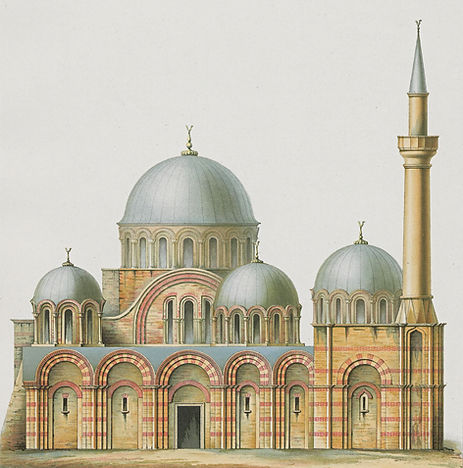
要塞城门
Fortress gate
城门地标,类似于中国的长城门楼,集防御和进攻于一体。
Defensive gate landmarks, similar to the Great Wall gatehouse in China, combine defense and offense.
城门装备有两门带有穿透能力的重型弩炮。
Two Springald doors are equipped on either side.
建造完成后的所有城墙城门都会提升120%的生命值。
All completed wall gates will increase health by 120%.
“I have to admit: This landmark still doesn’t look imposing.” 
Architecture in reality:Constantinople wall Gate 君士坦丁堡城门
由君士坦丁一世在位时兴建,全方位地环绕着新都,防御来自陆路及海路的攻击。在奥斯曼帝国统治时期,君士坦丁堡城墙还能维持原状。直至十九世纪,城市的发展已超出中世纪时的城界,部分城墙才被移除。
Built during the reign of Constantine I, it encircles the new capital in all directions, defending it from land and sea attacks. Under the Ottoman Empire, the walls of Constantinople remained intact. It was not until the 19th century, when the city had grown beyond its medieval boundaries, that parts of the wall were removed.

